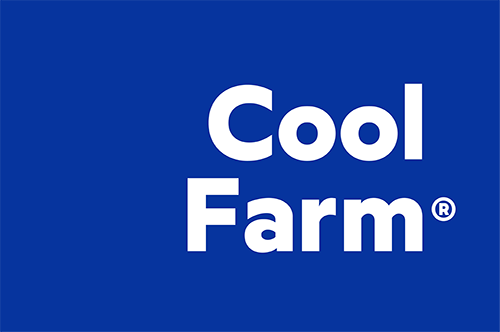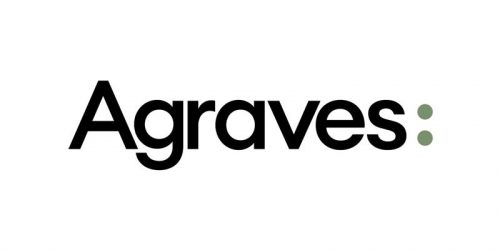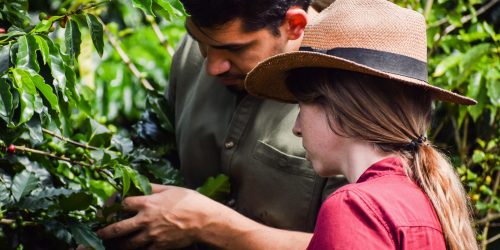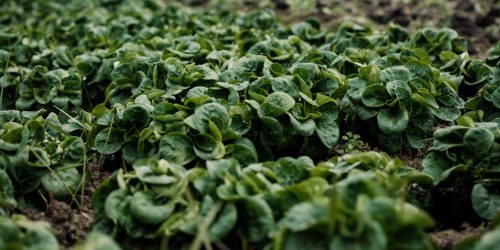What It Means:
- IPCC 2019 steady state SOC method: a relatively new model from IPCC 2019 based on the century model. No known public coded version is available.
- RothC Model: The RothC model is a widely recognised method for estimating SOC changes over time in response to different land uses and management. Integrating this into the platform provides users with a powerful tool based on a respected model in soil science.
- Python Implementation: Python is a versatile and widely-used programming language. Implementing the model in Python makes it accessible and adaptable, allowing for broad use and integration with other systems.
- Monte Carlo Simulations: These simulations provide a way to account for and analyse the uncertainty in SOC predictions, which is critical for making robust and risk-informed decisions in agriculture.
- Open Source: Since this is open source, anyone is free to use it according to the disclaimer provided in the code repository and can suggest any improvements. See access here: https://gitlab.com/MethodsCFT/coolfarm-soc
The open-source implementation of these two models in Python represents a significant achievement for several reasons:
- Encourages Consistency and Collaboration
Having a common framework for SOC estimation allows for more consistency across different research efforts and agricultural initiatives. This consistency is crucial for comparing results across studies and for collaborative efforts that involve multiple stakeholders. - Reduces Redundancy
The availability of this common framework helps prevent the unnecessary duplication of basic model development efforts. Researchers and practitioners can focus on refining and adapting models to specific conditions or integrating additional data sources rather than building foundational models anew. - Broadens Accessibility
Implementing these models in Python, a language known for its readability and ease of use, lowers the barrier to entry, allowing a wider range of users to engage with and benefit from advanced SOC modelling. This inclusivity is important for community-led initiatives and for democratising access to climate-smart tools. - Adds Uncertainty
With Monte Carlo simulations incorporated, users can account for and understand the uncertainty in their SOC estimates. This understanding is vital for making risk-informed decisions in land management.
In summary…
This achievement holds significance not only for members of the Cool Farm Alliance but also for the wider community engaged in SOC modelling. For Cool Farm, this milestone is more than a technological advancement; it’s a strategic resource that enhances collaboration through the open-source distribution of the code.
See access to the code repository here: https://gitlab.com/MethodsCFT/coolfarm-soc









